Carlo Dolci (1616-1686)
Get a Dolci Certificate of Authenticity for your painting (COA) for your Dolci drawing.
For all your Dolci artworks you need a Certificate of Authenticity (COA) in order to sell, to insure or to donate for a tax deduction.
Getting a Dolci Certificate of Authenticity (COA) is easy. Just send us photos and dimensions and tell us what you know about the origin or history of your Dolci painting or drawing.
If you want to sell your Dolci painting or drawing use our selling services. We offer Dolci selling help, selling advice, private treaty sales and full brokerage.
We have been authenticating Dolci and issuing certificates of authenticity since 2002. We are recognized Dolci experts and Dolci certified appraisers. We issue COAs and appraisals for all Dolci artworks.
Our Dolci paintings and drawings authentications are accepted and respected worldwide.
Each COA is backed by in-depth research and analysis authentication reports.
The Dolci certificates of authenticity we issue are based on solid, reliable and fully referenced art investigations, authentication research, analytical work and forensic studies.
We are available to examine your Dolci painting or drawing anywhere in the world.
You will generally receive your certificates of authenticity and authentication report within two weeks. Some complicated cases with difficult to research Dolci paintings or drawings take longer.
Our clients include Dolci collectors, investors, tax authorities, insurance adjusters, appraisers, valuers, auctioneers, Federal agencies and many law firms.
We perform Carlo Dolci art authentication, appraisal, certificates of authenticity (COA), analysis, research, scientific tests, full art authentications. We will help you sell your Carlo Dolci or we will sell it for you.
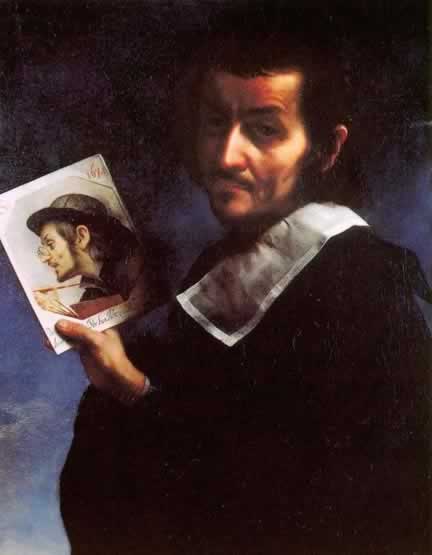
Carlo (or Carlino) Dolci was an Italian painter of the Baroque period, active mainly in Florence. Dolci was born and died in Florence, the grandson of a painter on his mother’s side. While he was precocious and apprenticed at a young age with Jacopo Vignali, Dolci was not prolific. It is said that in 1682, when he saw Giordano, nicknamed “fa presto” (∼quick), paint more in five hours than he could have completed in months, he fell into depression.” He would take weeks over a single foot”, according to biographer Baldinucci. This painstaking technique made him unsuited for large-scale fresco painting. He used pencil chiefly for sacred subjects, and generally painted in a small size, although he made a few life-size pictures. His daughter, Agnese Dolci, showed excellence in copying the works of her father.

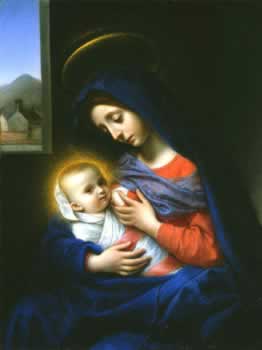

Dolci works are easily distinguishable by the detail of the composition. Pilkington declared: “His touch inexpressibly neat, and … though he has often been censured for the excessive labor bestowed on his pictures, and for giving his carnations more of the appearance of ivory than the look of flesh”, a flaw that had been already apparent in Agnolo Bronzino.

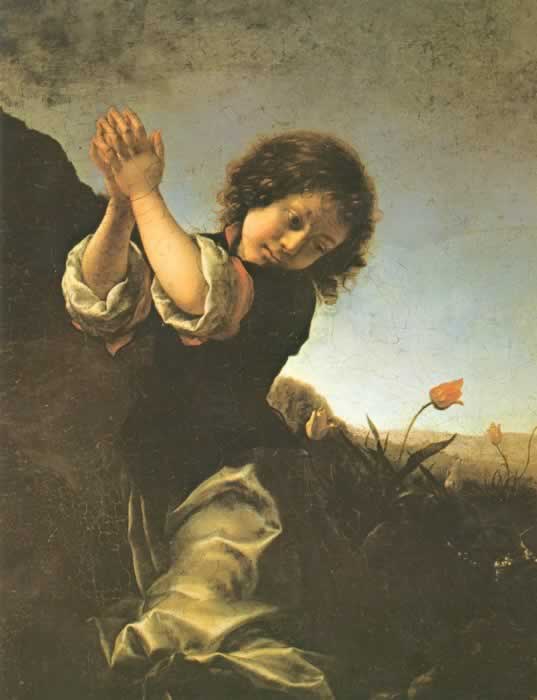
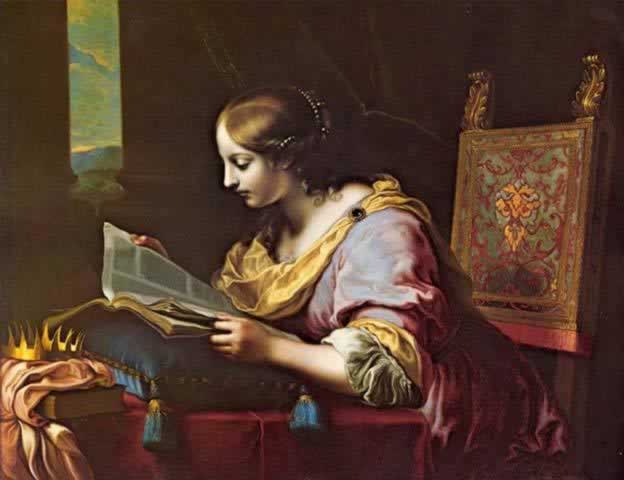
The grand manner, vigorous coloration or luminosity, and dynamic emotion of the Bolognese-Roman Baroque are foreign to Dolci and Baroque Florence. While he fits into a long tradition of prestigious official Florentine painting, Dolci appears constitutionally blind to the new aesthetic, shackled by the Florentine tradition that holds each drawn figure under a microscope of academicism. Wittkower describes him as the Florentine counterpart, in terms of devotional imaging, of the Roman Sassoferrato.
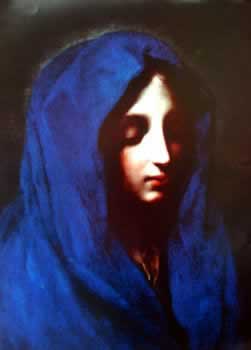
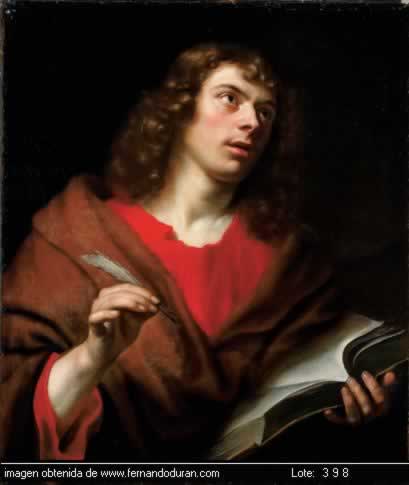
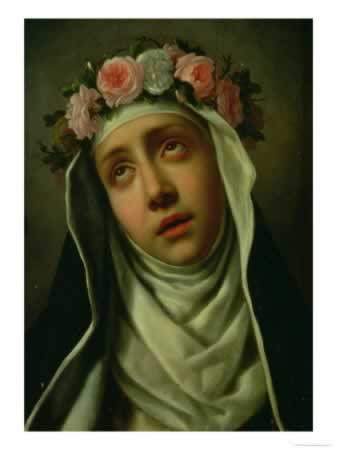
Dolci was notoriously pious; it is said that during Passion week every year, he painted a half-figure of the Savior wearing the Crown of Thorns. His masterpieces are about sacred themes, where the protagonist is often highly emotive, somewhat over-wrought. There is a want of character in his pictures, and his grouping lacks harmony, but the general tone accords with the idea of the passion portrayed.

Among the best works of this master are the St Sebastian; the Four Evangelists at Florence; Christ Breaking the Breadd; the St Cecilia; an Adoration of the Magi; and a masterpiece is his St Andrew praying before his Crucifixion in the Pitti gallery. He completed his portrait of Fra Ainolfo de’ Bardi, when he was 16 years old. He also painted a large altarpiece (1656) for the church of Sant’ Andrea Cennano in Montevarchi. As was not atypical for Florentine painters, it was a painting about painting – and has the Virgin of Soriano upholding a miraculous and iconic painting of the St. Dominic.
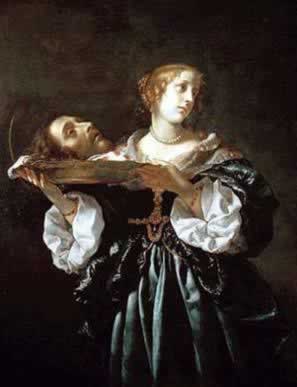
In 1976, one of Dolci’s painting “Madonna of the Veil” was stolen from a private collector and has not been recovered since. How many other stolen or missing paintings by Dolci are out there? We may never know.

Still wondering about a painting in your family collection? Contact us…it could be by Carlo Dolci.
Reviews
1,217 global ratings
5 Star
4 Star
3 Star
2 Star
1 Star
Your evaluation is very important to us. Thank you.
